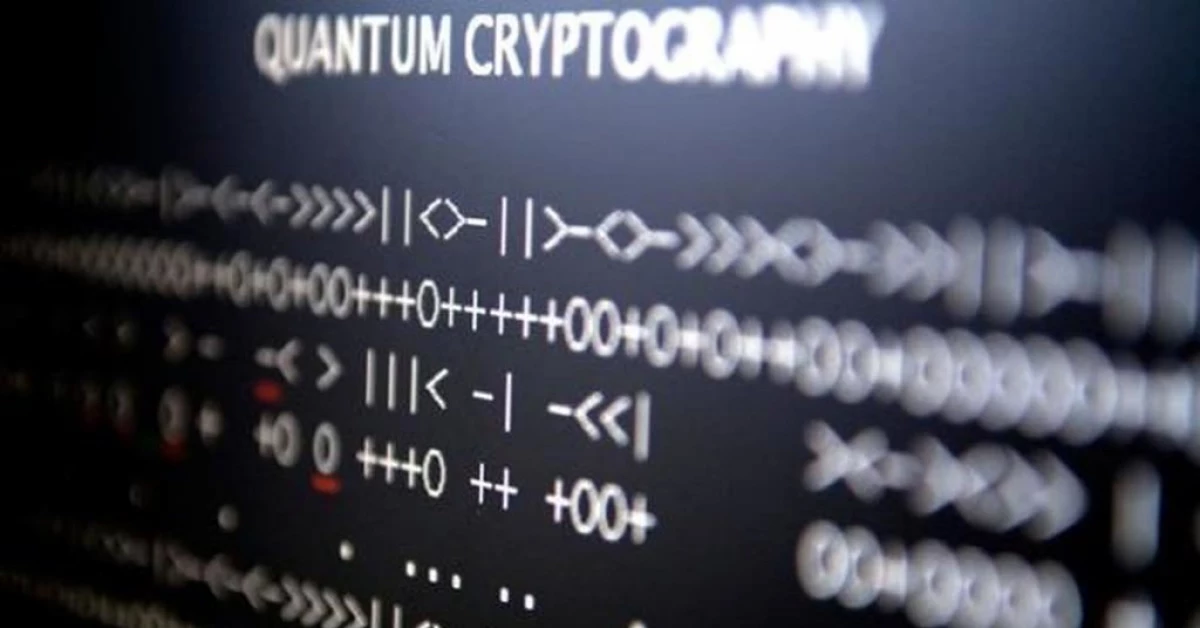
The creation of quantum computers will allow humanity to take a breakthrough in some areas of calculations associated with massive prosperity of space space. In particular, in modeling molecular interactions and chemical reactions, when creating drugs and the development of the chemical industry as a whole, in the process of machine learning and modeling of the neural network. But at the same time, the bust, as you know, is the main enemy of cryptography.
In early February 2021, the Swiss company Terra Quantum AG stated that he made a theoretical breakthrough in the discovery of vulnerabilities in encryption algorithms, using quantum computers for computing. The TERRA Quantum AG has a team of 80 quantum physicists, cryptographs and mathematicians, which are based in Switzerland, Russia, Finland and the United States. "What is currently considered postcanthide security is not postcanthide security. We can show and proved that the algorithm is unsafe and can be hacked, "Markus Pfitch, Chief Executive Officer and the founder of Terra Quantum explained.
The company stated that its study found vulnerabilities that influence symmetrical encryption encryptions, including Advanced Encryption Standard (AES), which is widely used now to protect the data (symmetric block encryption algorithm). Using the method known as quantum annealing, the company's study showed that even the most reliable versions of AES encryption can be decrypted by quantum computers that will be available in the medium term.
By the way, about the danger of quantum computers for modern cryptographic algorithms was known for a long time. Thus, hacking algorithm with the help of quantum calculations of a relatively reliable RSA algorithm (asymmetric algorithm with open and closed keys) from 1994 is known as the shore algorithm. The Shore algorithm is a hacking procedure through a decomposition of simple factors, which for a classic computer takes time hundreds of times more than the age of the universe, but for a quantum algorithm operating, in fact, with space variations, the task becomes feasible. In 2001, the performance of the algorithm was demonstrated by the IBM group on the prototype of a quantum computer with 7 cubes.
Now, commenting on Terra Quantum AG research, the representative of IBM Christopher Shakka noted that his company knows about these risks for 20 years and is working on its own products to solve the problem of post-quarter security. "That's why National Institute of Science and Technology (NIST) set the task to develop a new quantum safe cryptostandart," he explains. - IBM has several proposals for this new standard in the final round, which is expected in a few years. "
Perhaps one of the methods of post-quarter security will be the quantum cryptography itself, which uses the methods of quantum mechanics to transfer information. And at the expense of the physical, and not the mathematical basis of the principles of communications, gives warranty in discovering the interception of information.
Cryptography todayCurrently, the GOST 28147 and AES algorithms remain the most reliable encryption algorithms. The most universal and efficient for wide class algorithms are differential and linear types of cryptoanalysis. And studies of the scientists of the Department of IB IRK MSU Andrey Vinokurova and Eduard apply use the following assessment of the cryptostility of these algorithms: "To estimate the stability of the GOST28147-89 algorithm to specific types of cryptoanalysis, without specifying the replacement nodes, since the quality of this cipher significantly depends on the quality of the used nodes. However, studies of the architecture of ciphers with specified substitution tables (DES) have shown that cryptanalysis of cipher with 16 rounds in principle will be carried out, but requires a very large number of source data, and at 20-24 rounds it becomes theoretically useless. GOST provides 32 round of encryption, and this amount is enough with a margin in order to successfully confront the specified species of cryptoanalysis. "
According to the developers of the cipher Rijndael, already on four rounds of encryption, this algorithm acquires sufficient resistance to the specified species of cryptoanalysis. The theoretical boundary, behind which the linear and differential species of cryptanalysis loses meaning, is the line of 6-8 rounds depending on the size of the block. According to the specification, 10-14 rounds are provided in cipher. Consequently, Rijndael cipher is also resistant to specified species of cryptanalysis with a certain stock.
Thus, both compared ciphers have sufficient resistance to famous types of cryptoanalysis and sufficient to implement protected interaction when performing implementation requirements in accordance with the necessary privacy levels.
Anna Mikhailova, Business Development Manager Angara Group of Companies
More interesting material on cisoclub.ru. Subscribe to us: Facebook | Vk | Twitter | Instagram | Telegram | Zen | Messenger | Icq new | YouTube | Pulse.
